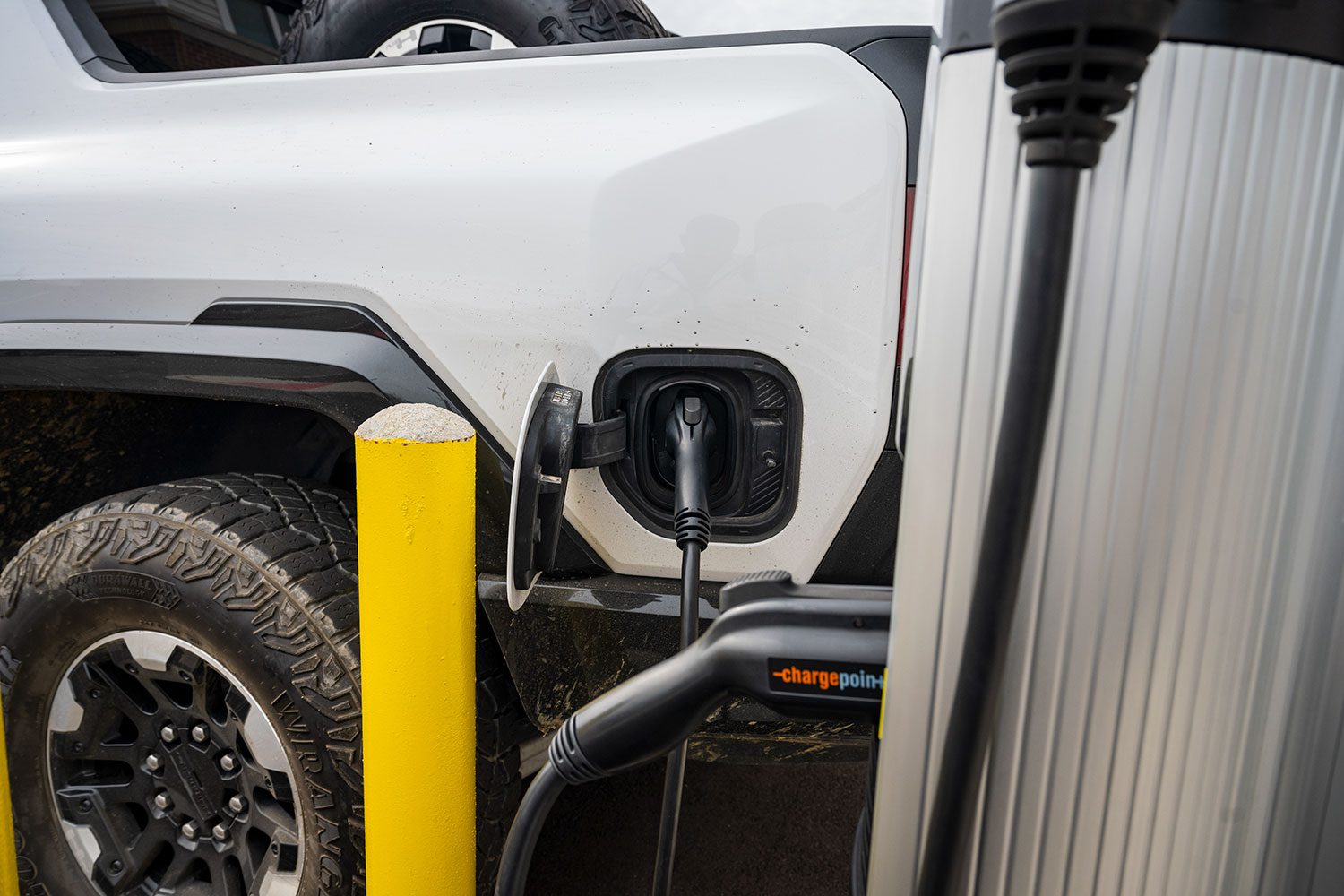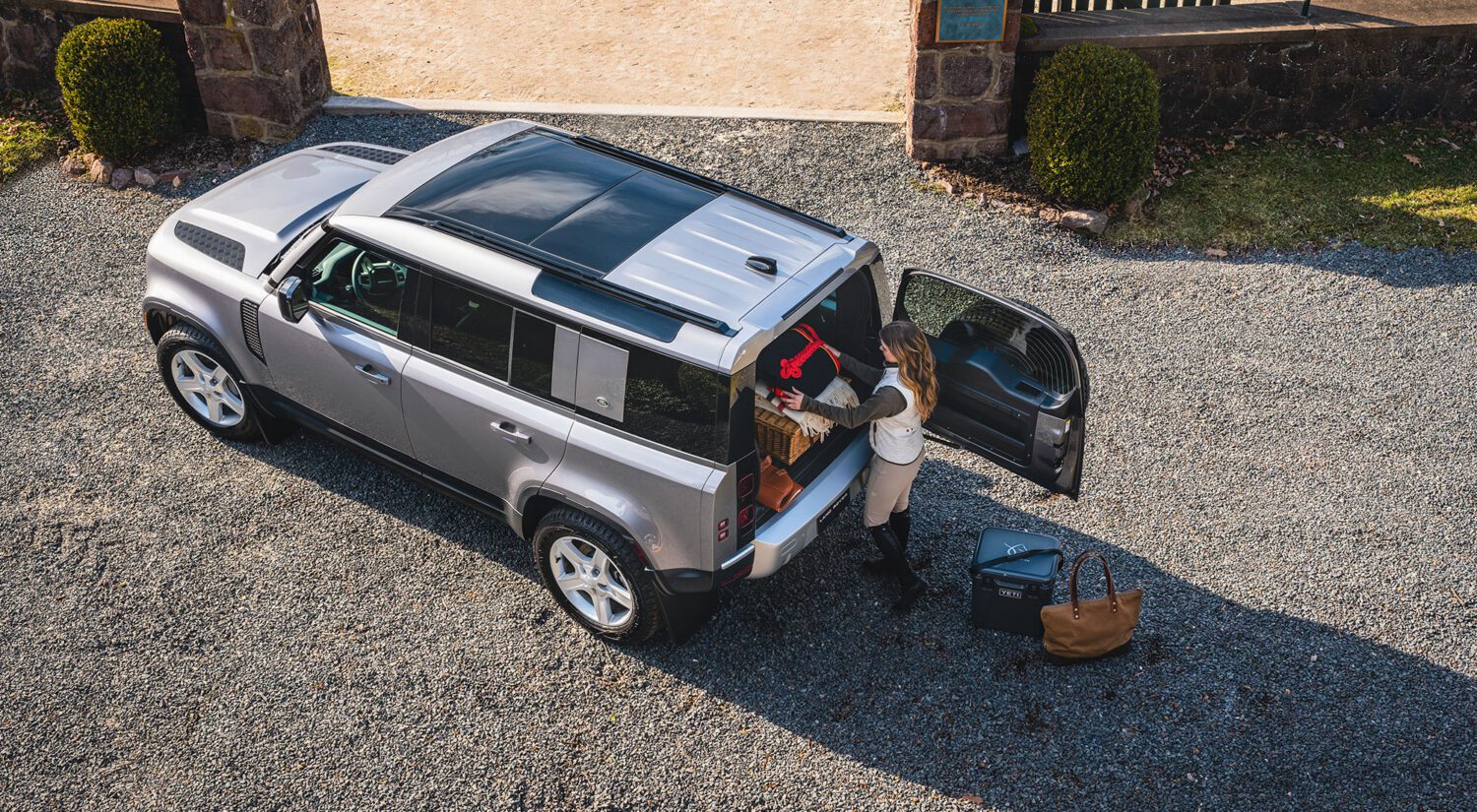Welcome back to the mailbag, where this week someone questions the timeline of the death of the internal combustion engine. Will gas-powered cars really be banned?
Send me your questions!
Question
Hi Mike. Love the articles. I’ve noticed you’ve been pointing out a lot of good deals on electric cars because they aren’t selling.
I’ve also read many of your reviews that tell us “this is the last” of whatever you’re reviewing. My eyeballs tell me that the charging network is still too small to support the masses.
And now, some states want to ban the sale of gas-powered cars by 2035. Will more join? How would that work?
I also saw that Dodge is developing new engines. So what do you think it all means?
– Freddie
Answer
Freddie, you’re the type of person the government doesn’t like – thinking for yourself. For now, let’s put aside the fact that we’re car enthusiasts and look at some facts, and how everything is being presented.
Are EVs really not selling well?

Everyone wants you to think they are. Google is full of facts like this one:
But I can reword that to explain what’s actually happening:
“As more and more electric vehicles come to market, and more ICE-powered cars are discontinued, the EV market share is increasing.”
Seems pretty simple – this in and of itself doesn’t mean electric cars are selling well – it means people are losing the choice.

The price drops are significant. You can get a 2.9% finance rate on an iX from BMW. Tesla took almost $2,000 off their base price of some cars. Remember the Audi e-tron GT from Talk Me Out Of It? $50k off. Rivian isn’t even turning a profit – they lose money on every single car they sell.
BMW doesn’t give out production numbers, but the president of M said the i4 M50 outsold all other M cars in 2022, including the M3.
Do you believe him?
Are auto makers stopping development on the internal combustion engine?

Not yet – and they seem to keep pushing that date off into the future.
The problem is the platform these cars are build on – let’s look at the new, all-electric Dodge Charger coming out next year as an example.
When it launches, it’ll only be available with a battery. But the platform, called STLA Large, can also handle an ICE. BMW is doing it too – a chassis that makes accommodations for multiple powertrains means that the cars themselves start out at a huge disadvantage to something like a Tesla, where there will never be an engine, period. This allows for better weight and packaging optimization.

In this regard, Tesla is correct. An i4 M50i weighs in at over 5,000 pounds. A Model 3 of equivalent size is a maximum of 4,048 – still heavy, but it’s all battery. If BMW made an all-electric platform, the cars would be lighter, and better.
The problem is the consumer – auto makers just aren’t sure what we all want, so they are hedging their bets by offering both electric and conventional cars. Chassis development can take years, and is hugely expensive, so that electric Charger you might want today won’t really be full optimized for another eight years.
Can the government really ban gas-powered cars?

Sure they can, and nine states are very close to doing it, including New Jersey. To be fair, 2035 is still very far away – 12 years is an eternity in cars. Compare the inside of a car built in 2011 to a new one to get a sense of how much can change in that time.
So we don’t know what cars will look like. But will they all be electric? Absolutely not. How will it work? I don’t know…
- At 11:59 on December 31, 2034, will all the new gas-powered cars on lots turn into pumpkins? Can I still buy a 2034 model in 2035?
- Can I buy a gas-powered car in a state that doesn’t ban them, and then bring it to New Jersey? Would I not be able to register it?
- What if I move to New Jersey in 2040, and I have a MY 2037 car I bought outside the state – can I register it then?
- What f I buy a 2034 gas-powered car and never sell it? Will we do another cash for clunkers deal?
- Who’s going to build the charging network? Car makers? Individual companies? The government? A mix?
I could go on. A tractor trailer won’t be electric. Nor will trains, planes or boats, and they pump out a lot more pollution than a car. Here’s perhaps my favorite stat in all of this:

So even if every gas-powered car disappeared tomorrow, we’d still have 50% of the pollution to inhale.
I didn’t even mention pickup trucks, but people will still need to tow and haul things.
Will there be enough recharging infrastructure by then?

The last piece of the puzzle is making sure everyone can charge their car. As I mentioned above, we don’t know who will build all these chargers – imagine Audi building gas stations and you’ll realize how silly this all sounds.
I live about 40 miles outside of New York City – the entire area is very built up, but very few chargers exist. New apartment complexes have also been going up all around me, but they still only install a few charging stations per unit. Of course, many gas-powered cars will remain on the road after that date as well, meaning we’ll need both gas stations and charging stations for the foreseeable future.
Freddie, my advice is to buy the car you want now, and see how it all plays out in a decade. But until someone figures all of this out, the roar of an engine won’t be going anywhere for a very long time.
Want your car reviewed?
If you live in the tri-state area and want me to check it out, send me an email!
Support the cause
Commissions may be received for product links on this site. Help out if you can.
I use Nikon camera bodies and lenses, a Westcott Ice Light 2, Manfrotto tripod, B + W filters and an iMac Pro to make the art you see here.
Follow along on Instagram @machineswithsouls











One thought on “Gas-powered cars aren’t going anywhere”